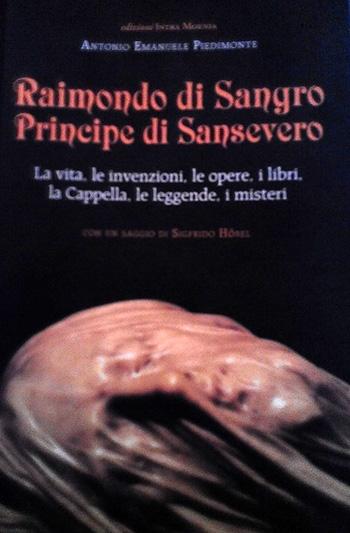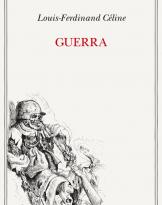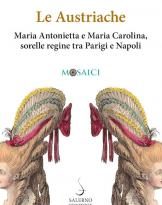A trip to Spaccanapoli allowed me to know something amazing: the Chapel of Prince Raimondo di Sangro with its incredible works of art. From there to the purchase of the book by Antonio Emanuele Piedimonte, the passage was short.
The Sansevero family, and in particular the Prince Raimondo di Sangro, is well known to the Neapolitans for the works kept in the family chapel and for the stories related to it.
Raimondo di Sangro was born in Torremaggiore, in Puglia, the 30 January 1710. The mother dies when it is still very small, the father will always be far away, the little Raimondo is raised by his paternal grandparents. Recognized in him a certain lively intelligence is enrolled at the Jesuit College of Rome where he soon demonstrated his abilities. He learned eight languages and studied above all physical subjects becoming a frequent visitor to the library and the science museum created the century before by the German historian and philosopher Athanasius Kircher (1602-1680),
The life of the Prince will be a continuous exploration of the secrets of nature and his inventions prove it. He took care of studying the matter and invented and gave the king of Naples an "archibuso" capable of working with gunpowder and compressed air. A few years later he gave the king a cannon made of a light alloy of his own invention and a cloak of a waterproof fabric he invented.
His studies and experiments led him to take care of the human body, of fabrics, colors, prints, precious gems, coloring stones, machines, watches, medicines ... leaving open-mouthed people who approached him.
His most important work is certainly the family Chapel, which he had some artists called to work on to restore it.
At the center of the Chapel is the Veiled Christ by a young Neapolitan sculptor, Giuseppe Sanmartino.
To the left of the altar is the statue dedicated to the mother, the "Pudicizia Velata", created by Antonio Corradini.
To the right of the altar is the work I liked the most, "the Disinganno", a statue representing the father of the Prince, by Francesco Queriolo.
I do not think I've ever seen anything like this, I do not understand how you can make a marble work of this kind. The fishing net that covers the main body seems true!
The vault of the Chapel is frescoed by the painter Francesco Maria Russo who created the "glory of Paradise" using colors of the Prince's invention and which still amaze today for its vividness.
Finally, in a room under the Chapel are exposed two so-called "anatomical machines", the work of the physician Giuseppe Salerno, which represent the bodies of a man and a woman and highlight the circulatory system, skeleton and internal organs.
The Prince was a scholar fond of alchemy and took care of problems that today we will say about experimental physics and chemistry.
In 1750 he became affiliated to a Masonic Lodge and shortly after he was elected Grand Master of the National Lodge under which all the pre-existing Lodges were collected.
Raimondo di Sangro also wrote several books on various subjects, from military art to subjects related to his studies and entertained correspondence with scientists and intellectuals from all over Europe.
Prince Raimondo amused himself to amaze his friends and acquaintances and hardly explained how he had achieved the results, thus creating around him an aura of mystery and unfortunately also attracting the suspicion of envious of his success and of the church. The Pope and the king, for his alchemical studies each, for belonging to the masonry the other, denied him favors and so Raymond found himself in trouble.
The 22 March 1771 Prince Raimondo di Sangro dies, leaving behind him the perennial memory of his studies and mysteries that accompanied him throughout his life and of which I gave you only a little hint.
Alessandro Rugolo












